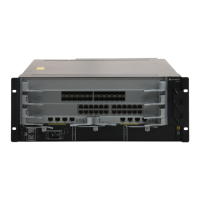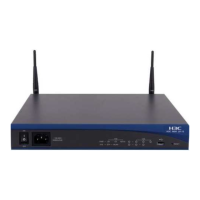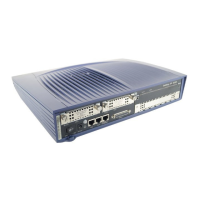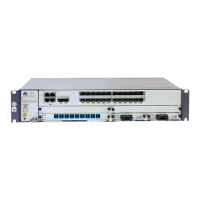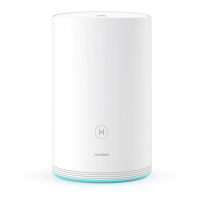Command Manual - STP
Quidway S6500 Series Ethernet Switches Chapter 1 MSTP Configuration Commands
Huawei Technologies Proprietary
1-31
You can configure one or more secondary root bridges in an STI. If the primary root is
down or powered off, the secondary root will take its place. Among several secondary
root bridges, the one with the smallest MAC address takes the place of the failed
primary root.
When configuring the secondary root bridge, you may also specify the switching
network diameter and the Hello Time of the switch, so that the other two parameters,
Forward Delay and Max Age, of the switch can be determined. To configure the current
switch as the root bridge of CIST, simply specify instance-id as 0. You can configure
only one root bridge for an STI and one or more secondary root bridges for it.
After a switch is configured as primary root bridge or secondary root bridge, user can’t
modify the bridge priority of the switch.
Example
# Configure the current switch as the secondary root bridge of STI 4 and specify the
diameter of the switching network as 5 and the Hello Time of the switch as 300
centiseconds.
[Quidway] stp instance 4 root primary bridge-diameter 5 hello-time 300
1.1.34 stp root-protection
Syntax
stp root-protection
undo stp root-protection
View
Ethernet port view
Parameter
None
Description
Using stp root-protection command, you can enable on Root protection the switch.
Using undo stp root-protection command, you can restore the default state of Root
protection.
By default, Root protection is disabled.
In case of configuration error or malicious attack, the legal primary root may receive the
BPDU with a higher priority and then loose its place, which causes network topology
change errors. Due to the illegal change, the traffic supposed to travel over the
high-speed link may be pulled to the low-speed link and congestion will occur on the
network.
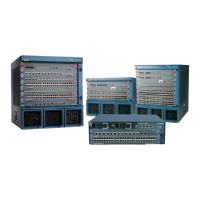
